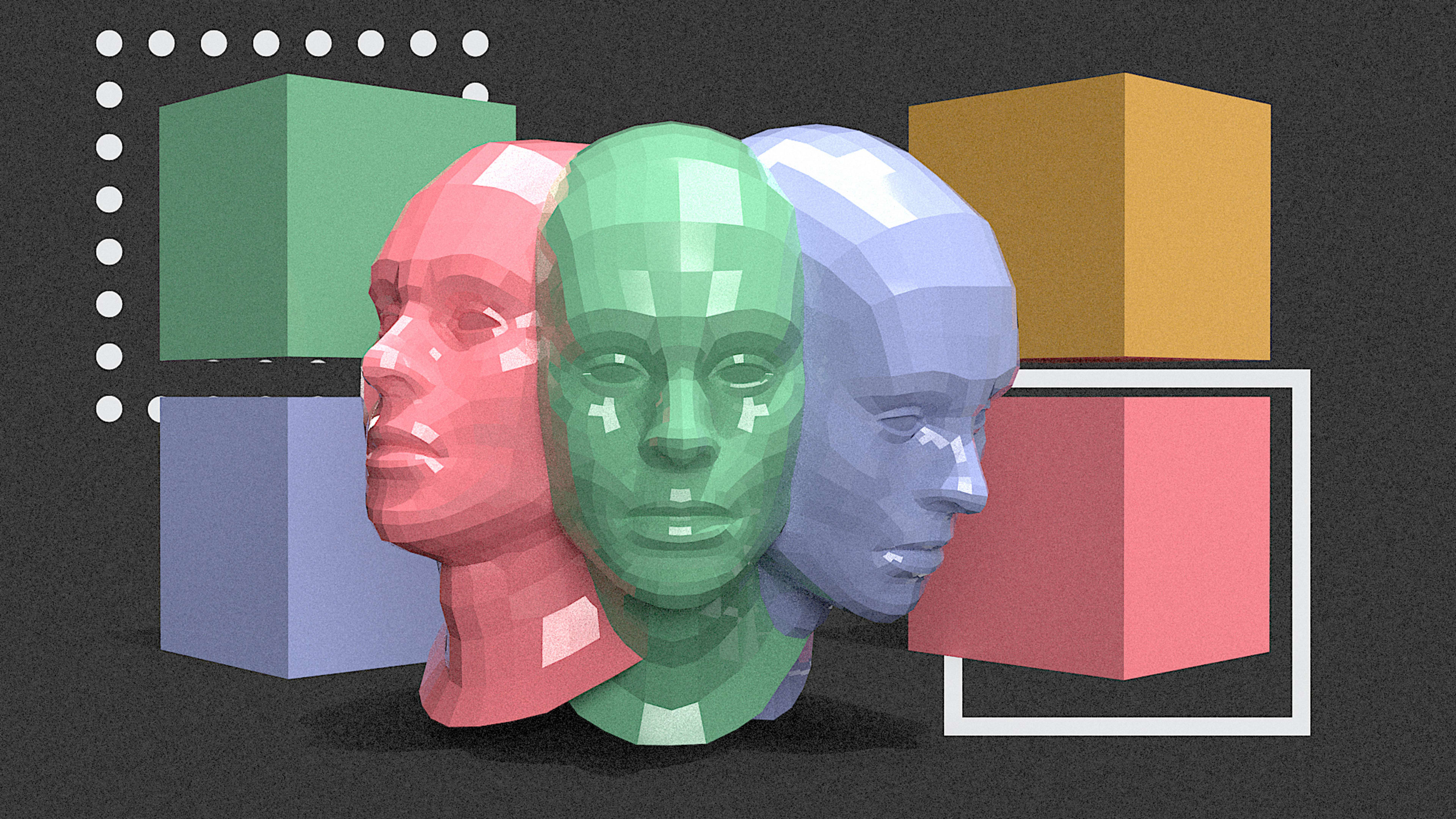We live in a world of countless tabs, and constant push notifications. Every service seems to be vying for our attention all the time. And when it isn’t, there always seems to be something tempting us into distraction.
As it turns out, all this distraction may come at a massive cost—not just to our sanity, but to our view of the world and reality. If something distracts you, even if you try to ignore it, it can leave an impact on your memory that you don’t even realize is there.
The findings come courtesy of new research at Ohio State University, published in the Journal of Experimental Psychology: Human Perception and Performance. Dozens of participants were given a simple-sounding task. Look at a screen of four colored squares. One will be outlined in white—pay attention to that one. After these squares flash on the screen for a mere tenth of a second, pick the color that you remember from a color wheel.
Despite the rapid speed of such work, the human brain excels at this task. “People are quite good at this, surprisingly good!” says Julie Golomb, senior author on the paper and associate professor of psychology at Ohio State University. “If I were to show you a video, at speed, you’d be like, ‘How do people do that?’ But people get quite good at it.”
They got quite good at it, to a point. Because researchers threw a wrench in the plan by introducing an intentional distractor. Of the four squares, one would be outlined in white, but then another—the distractor—would be surrounded in white dots. Despite being instructed to ignore the distractor, subjects just couldn’t help it.
[Animation: FC]
Most of the time, they still recalled the color they were supposed to and marked it on the color wheel. But about 20% to 30% of the time, they actually reported the distractor color as the correct one, unaware of the error. “They thought it was the right color, reported with as just as much confidence as the correct color,” says Golomb. And she knows that because subjects were asked to rank confidence of their answer, and they were also given the option to choose no color at all, admitting they just couldn’t remember.
What was stranger was that, sometimes, a third result happened when the distractor came into play. Say the correct color was red, and the distractor color was yellow. Most people who gave the “right” answer were still noticeably influenced by the wrong one. They chose a shade of red that was further from yellow than it should be, and leaning toward another color like blue.
The measurement was small—only three degrees off on a 360-degree color space. But it was “consistent and reliable,” the researchers tell me.
As Golomb explains the phenomenon, “it was almost like they knew” this color had tried to distract them, and actively overcompensated for the potential error. “They were not aware,” she emphasizes. “It wasn’t a conscious strategy, but it still changed what they reported. It still suggests, even if you’re not making the big errors, there can still be subtle, profound effects [from a] distractor.”
Notably, this isn’t the only study Golomb has run on distraction confusing our memory. She’s found, as have many others, that multitasking is just a bad idea. Another paper she recently published expanded upon the simple colored squares, and mixed in various other shapes, too, like squiggles at various angles. Again, researchers saw results where people mixed up information, confusing what they were supposed to be remembering with what distracted them.
As Golumb emphasizes, findings like these are a big deal. We’ve long known balancing too many tasks can slow down our thinking. But the fact that it can literally recolor our memories should give us pause, because there’s not a fundamental difference between colored squares and real versus fake news headlines on Facebook.
“In the real world, you don’t just have colored squares, you have all sorts of objects, dimensions, sizes . . . the stakes go way up,” says Golumb. “But if we’re susceptible to making these errors, if we can mix up something as simple as two solid colored squares, what’s that mean when we have a whole incredibly cluttered roll of information?”
Golumb doesn’t have a ready answer to this question; she has identified a problem rather than a solution. But it’s in her opinion that, if you are a designer who wants somebody processing a vital piece of information, you should eliminate the extraneous, and try to focus someone’s attention on one space alone. (Even flipping your eyes around a page can be distracting.) And if you are a consumer, she suggests an “awareness” that distraction can taint your thinking could be a starting point, if nothing else.
“If you’re trying to pay attention to multiple things, you’re not going to be as good at if it were one at a time,” she says. “We’ve known for a long time [multitasking] might slow you down, but our research shows, it’s not just you might be slowed down; it might affect what you’re perceiving in the moment.”
Recognize your brand’s excellence by applying to this year’s Brands That Matter Awards before the early-rate deadline, May 3.
